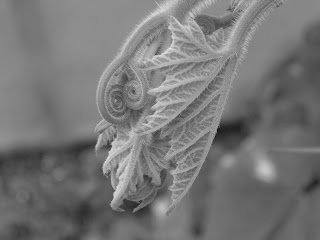
David created a magnificent culinary masterpiece - a dinner of traditional Lebanese foods. Here are some "recipes" I compiled from some stealthy spying:
Labneh: spreadable homemade cheese (similar to cream cheese)
1. To make your own yogurt: scald milk in a large pot without boiling, cover and let cool slowly until it is still very warm but comfortable to stick your finger in for about thirty seconds, add live culture (established yogurt) and let it sit for a long time
2. To make the cheese: pour homemade (or store bought) yogurt onto a tea towel and let drain into a bowl, tie the tea towel into a small sack around the yogurt and hang somewhere to drain overnight, after about a day much of the water has slipped away and you're left with a soft cheese, form into balls, garnish with a sprinkle of dried mint and a drizzle of olive oil, and serve with pita
Baba ghanouj: roasted aubergine dip
1. Put several whole aubergines on the grill and char the outsides, turning often to cook evenly, keep on the grill for longer than feels comfortable until all the meat inside is mush - warning: aubergines may explode when heated!
2. Let the aubergines cool a bit and then remove the skin either by peeling away or (if the skin is too crumbly) scooping away the flesh inside. Start mashing with a fork and just keep at it even though it will feel fibrous and tough for the first few minutes. Add some tahini, fresh garlic, lemon juice, olive oil, salt, and pepper gradually as you continue to mash. Drizzle with more oil and serve with pita.
Kibbeh: puree of raw lamb meat, bulgar, cinnamon, and raw onion
Mujadarra: lentils and bulgar
1. Fry a finely slice onion until almost burnt - a nice, deep caramel colour. Mix with cooked lentils and bulgar and serve with sliced raw onion.
With all this, serve homemade pita. Sadly, I only witnessed the very end of the process.
Take that poppy seed, for instance: it lies in your palm, the merest atom of matter, hardly visible, a speck, a pin's point in bulk, but within it is imprisoned a spirit of beauty ineffable, which will break its bonds and emerge from the dark ground and blossom in as a splendour so dazzling as to baffle all powers of description. - Celia Thaxter





























